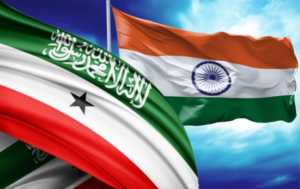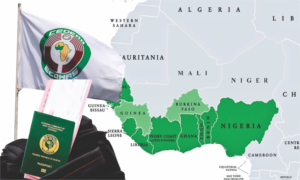India’s State Refineries Pivot to Nigerian Crude: the Driving Shift and Gains
India’s state-run refiners led by Indian Oil Corporation (IOC), Bharat Petroleum Corporation Limited (BPCL), and Hindustan Petroleum Corporation Limited (HPCL), are leaning more heavily on Nigerian crude to meet domestic fuel demand. The move signals a subtle but meaningful reshaping of global crude flows, with implications for pricing, shipping logistics, and energy security across the Indian Ocean and Atlantic basins.
Much of Nigeria’s export basket, Bonny Light, Qua Iboe, Forcados, is light and sweet, meaning low sulfur and high yields of gasoline, naphtha, and diesel after refining. India’s coastal complexes are flexible, but they still prize crude that efficiently produce transport fuels for a fast-growing market. Nigerian blends tend to run clean, simplify desulfurization, and help refiners meet tighter fuel specifications.

Indian refiners actively balance their slates among the Middle East, Africa, and (opportunistically) the Atlantic Basin. Growing reliance on Nigeria broadens supply options and reduces over-dependence on any single geography or benchmark. In a world of sanctions, shipping bottlenecks, and weather-related disruptions, adding another reliable West African leg to the portfolio makes strategic sense.
West African barrels price off Dated Brent, not Middle Eastern Dubai/Oman. When Brent-linked grades become competitive versus Dubai-linked alternatives, after adjusting for freight, demurrage and quality differentials, Nigerian crude can open an attractive arbitrage into Asia. Periodic contango/flat price swings, stronger gasoline cracks, and discounts on specific Nigerian streams amplify this pull.
Suez transits and Cape of Good Hope routes both accommodate consistent liftings from Nigeria to India’s west coast. Larger parcel sizes (Suezmax/Aframax) and optimized laycans help state buyers stitch together steady monthly programs. As India’s refiners refine their freight charters and insurance cover, the voyage economics have become more predictable.
What changes in global trade patterns, is the deepening of the Atlantic-to-Asia flows. Every incremental Nigerian barrel heading east, displaces another supply source in India’s slate, and is often medium sour Middle Eastern grades. That subtle reshuffling can tighten West African differentials, reshape crack spreads in Europe and open or close arbitrage windows for U.S., Mediterranean and Latin American crudes. While the pricing signals ripple effect outwardly:
- Differentials: Stronger Indian demand can lift differentials for flagship Nigerian grades relative to Dated Brent.
- Benchmarks: If Asia’s refiners buy more Brent-linked West African barrels, the Brent–Dubai spread’s influence on Asian pricing dynamics becomes even more important for refinery margins and term negotiations.
![]()
OPEC+ nuance: Nigeria’s ability to supply consistent volumes within OPEC+ frameworks matters. Stable Nigerian exports cushion Asian buyers against variability elsewhere, while any field outages or export terminal hiccups (e.g., at Forcados or Qua Iboe) now reverberate more clearly into Indian tender results.
What It Means for India
- Refining margins: Light sweet barrels can boost gasoline and naphtha yields, supporting margins when light distillates outperform.
- Operational reliability: Cleaner slates reduce strain on hydrotreaters and sulfur plants, helping refineries hit product specs without excessive hydrogen or catalyst stress.
- Bargaining power: With Africa, the Middle East, and Atlantic Basin all in play, state refiners can negotiate more favorable term and spot structures.
- Foreign exchange planning: A more diversified import basket can stabilize procurement costs across currency and benchmark swings.
What It Means for Nigeria
- Revenue resilience: Stronger footholds in Asia diversify away from European demand, potentially smoothing revenue through cycles.
- Quality premium: Consistent recognition of Nigerian grades’ product yields can support better netbacks, especially when gasoline cracks are firm.
- Infrastructure incentives: Reliable offtake from India strengthens the case for maintaining terminal uptime, resolving theft/line-loss issues, and accelerating production optimization in core fields.
Key Risks to Watch
- Freight and insurance volatility
Geopolitical tensions affecting Suez or Red Sea lanes can alter voyage times and premiums. Even modest spikes in freight rates can flip arbitrage economics.
- Price spread reversals
If Brent–Dubai spreads compress or flip, and Middle Eastern producers adjust official selling prices (OSPs), West African barrels may lose relative appeal.
- Operational hiccups
Nigerian export programs can be sensitive to pipeline outages or weather at load ports. Any slippage can force Indian refiners into higher-cost spot purchases elsewhere.
- Policy and sanctions dynamics
Global sanctions regimes and shipping restrictions can redirect trade flows abruptly, changing the competitive calculus for Nigerian grades.
India’s fuel demand remains on a structural uptrend, with rising vehicle ownership and industrial activity. Nigerian crudes’ chemistry fits well with that growth story, especially for state refiners optimizing gasoline and diesel yields while keeping sulfur in check. Expect India to keep Nigerian options open, mixing term contracts with nimble spot buying, to capture arbitrage when it appears.
In short, India’s increasing reliance on Nigerian crude isn’t a fleeting blip; it’s a pragmatic alignment of refinery needs, market pricing, and logistics. As long as the economics work and Nigeria delivers stable programs, this Atlantic-to-Asia corridor will remain a defining feature of the evolving global oil map.









